Courses Infomation
2-Day Critical Care Skills Boot Camp from Sean G. Smith

2-Day Critical Care Skills Boot Camp from Sean G. Smith
Faculty:Sean G. Smith
Duration:12 Hours 16 Minutes | Format:Audio and Video
Archive : 2-Day Critical Care Skills Boot Camp from Sean G. Smith
Outline:
DAY 1
- Identification & Management of Crisis
- Master “Down & Dirty” Assessment Skills
- Impending Doom: Recognizing the “Red Flags”
- Rapid Stabilizing Interventions
- Managing the Decompensating Patient
- Easy Steps to ABG Analysis
- Understanding Acid-Base Imbalance
- Lab Results: Identify the 4 Abnormal Findings
- A Simple Tool to Change Your Practice
- The 5 Steps to Rhythm Strip Interpretation
- Systematically Review Rhythm
- Identifying Critical Changes
- Effective Management of:
- Atrial Fibrillation
- Atrial Flutter
- PSVT
- V-Tach
- V-Fib
- Managing Chest Drainage
- Indications for Chest Tubes
- Circumventing Re-expansion Pulmonary Edema
- Avoiding Common Complications
- Master Central Line Care
- Common Complications & Solutions
- When to Use Which Port & Why
- Is a “Cell-Saver” an Option for your Patient?
- The Challenges of CVP Monitoring
- Pacemakers & AICDs
- Indications for Pacemakers
- Understanding Pacemaker Codes
- Types of Pacemakers
- Device Management
- Practical Solutions to Common Problems
- End-of-Life Care in the ICU
- Practical Tips to Help Your Patients & Families
- Your Role as the Patient Advocate
- Tips for Addressing Difficult Conversations
DAY 2
- Respiratory Emergencies: Understanding Hemodynamics Today
- Cardiac Output = Heart Rate x Stroke Volume
- A Simple Analogy Guaranteed to Help You “Get It”
- Preload, Afterload and Contractility
- Manipulating the Math Equation to Stabilize
- The ICU Trio in Crisis!
- IV Fluids – The Right One for the Situation
- 5 pressor Agents – Their Action & Use
- Blood Products! FFP, Platelets, PRBCs & Cryoprecipitate
- Demystify Hemodynamic Waveforms
- Correct Measurement
- Assessment Clues to Instability
- Central Venous Pressures
- Arterial Lines
- Swan Ganz Catheters
- Mechanical Ventilation for Nurses
- Managing the Patient on a Ventilator
- Avoiding Ventilator Acquired Pneumonia
- Using CPAP or BiPAP
- Manage Shock
- Assessment and Management of:
- Cardiogenic Shock
- Septic Shock
- Hypovolemic Shock
- Assessment and Management of:
- Manage the Neuro Patient
- Using an Easy “5-point Neuro Check”
- Stroke and Stabilization
- Ischemic
- Hemorrhagic
- Delirium
- How to Assess & When to Intervene
- Life-threatening EKG Changes
- Clues from the 12-Lead
- Spectrum of Coronary Artery Ischemia
- 5-step Method for Identifying Ischemia & Injury
- STEMI and NSTEMI – What’s the difference?
- Location, Location, Location
Description:
You have the daunting challenge of recognizing subtle changes in a patient’s condition that can lead to a medical emergency or worse, a patient’s death. Are you sure you have the knowledge and skills you need to handle these difficult situations?
Working in the rapidly-changing critical care setting and caring for the most complex patients means you have to be able to recognize these changes and respond appropriately. You’re dealing with life-threatening conditions and you need to be up to date on the most current and cutting-edge strategies. Watch this comprehensive program and gain the skills you need to manage any situation. Drawing on over 12 years of critical care experience, Sean G. Smith will challenge you to take your knowledge to the next level!
What is forex?
Quite simply, it’s the global market that allows one to trade two currencies against each other.
If you think one currency will be stronger versus the other, and you end up correct, then you can make a profit.
If you’ve ever traveled to another country, you usually had to find a currency exchange booth at the airport, and then exchange the money you have in your wallet into the currency of the country you are visiting.
Foreign Exchange
You go up to the counter and notice a screen displaying different exchange rates for different currencies.
An exchange rate is the relative price of two currencies from two different countries.
You find “Japanese yen” and think to yourself, “WOW! My one dollar is worth 100 yen?! And I have ten dollars! I’m going to be rich!!!”
When you do this, you’ve essentially participated in the forex market!
You’ve exchanged one currency for another.
Or in forex trading terms, assuming you’re an American visiting Japan, you’ve sold dollars and bought yen.
Currency Exchange
Before you fly back home, you stop by the currency exchange booth to exchange the yen that you miraculously have left over (Tokyo is expensive!) and notice the exchange rates have changed.
It’s these changes in the exchange rates that allow you to make money in the foreign exchange market.
Salepage : 2-Day Critical Care Skills Boot Camp from Sean G. Smith
More From Categories : HEALTH – FITNESS – LIFESTYLE – MEDICAL
Curriculum:
159:” “;}}
“;}}



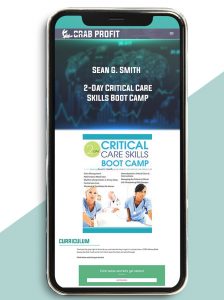
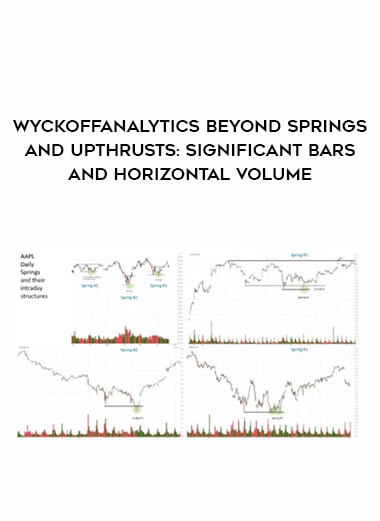
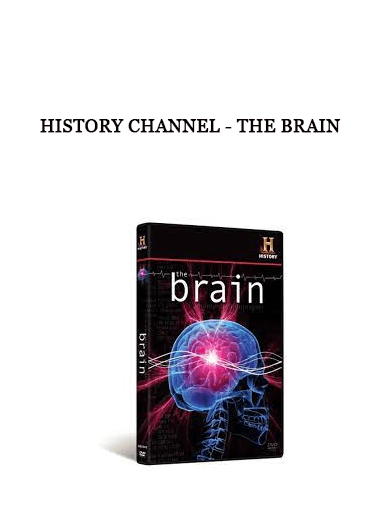



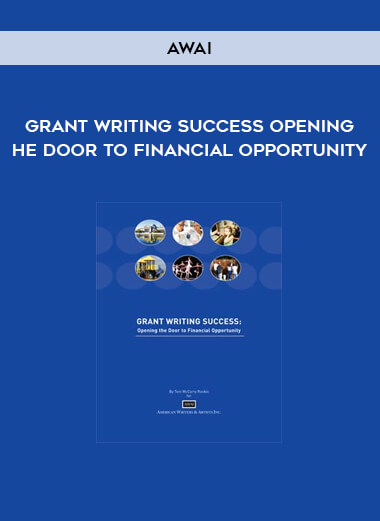
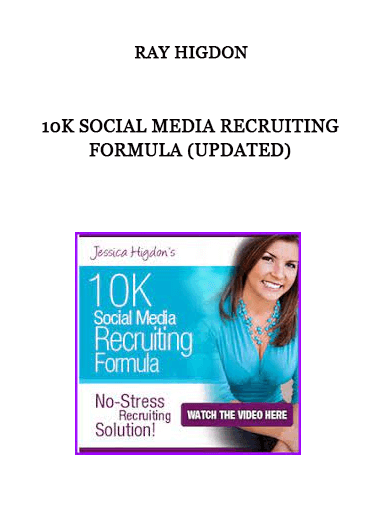






















Reviews
There are no reviews yet.